LB Media (Luria-Bertani) are common bacterial growth media for Escherichia Coli.
Although already described in the fifties in the early days of phage genetics these media are still widely used in molecular biology.
The two main components of LB media are Tryptone and Yeast Extract. Tryptone is used in a concentration of 10 gram / litre and Yeast Extract in a concentration of 5 gram / litre. Many variations of LB medium only differs in the concentration of NaCl. All LB-Media are listed in order of increasing concentration of NaCl.
LB Medium Miller is the High Salt LB medium type with 10 gram /litre whereas LB Medium Lennox is the Low Salt LB medium type with 5 gram / litre. L-Broth only contain 0.5 gram of NaCl per litre and is used mainly when working with phage P1 where CaCl2 is added for efficient adherence of the phage to the cell. In LBM media Mg2+ is added to enhance adsorption of phage lambda to the cells. Tryptone and Yeast Extract do not contain enough Mg2+ for optimal adsorption.
|
Many synonymous names are know for several different type of LB media. We have tried to rank them all.
In case a medium cannot be found please also look at the synonymous names. Tryptone broth is a moderately rich medium for growth and cultivation of Escherichia Coli. Terrific Broth is a rich medium compared to LB and Tryptone Media. The medium is developed for higher density growth of Escherichia Coli cells and higher yield of plasmid DNA compared to LB and Tryptone broth. Super Broth is an even richer medium developed for obtaining high yields of lambda bacteriophage in liquid lysates, Botstein, D. et al. Powdered Media Storage and Preparation Ready made powdered media are hygroscopic and must be protected from atmospheric moisture. Always reseal tightly after opening. Store the medium dry at room temperature. Preparing media in a concentrated form is not recommended. Some salt and protein complexes may precipitate in a concentrated solution. Sterilise the medium in a validated autoclave at 1 kg/cm2 (15 psi) at 121°C. for 15 minutes. Higher temperatures or exceeding the period of time for autoclavation may cause a brown decolourisation of the medium due to caramelisation of the glucose present in the medium. Denaturising of proteins may occur as well. Both will result in poor cell growth. References: |

|
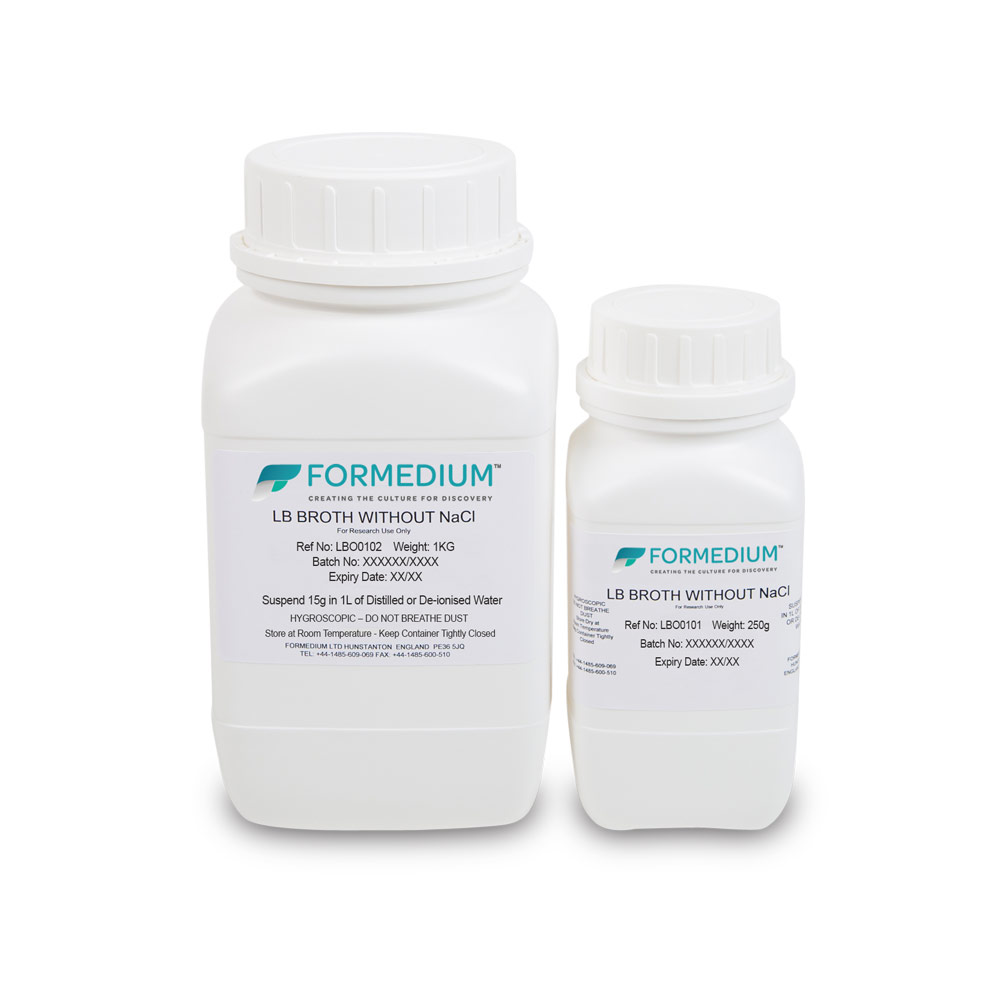
| SKU | Size | Price | |
|---|---|---|---|
| LBO0101 | 250g | $33.60 | |
| LBO0102 | 1000g | $125.31 | |
| LBO0103 | 6 x 1kg | $690.74 |
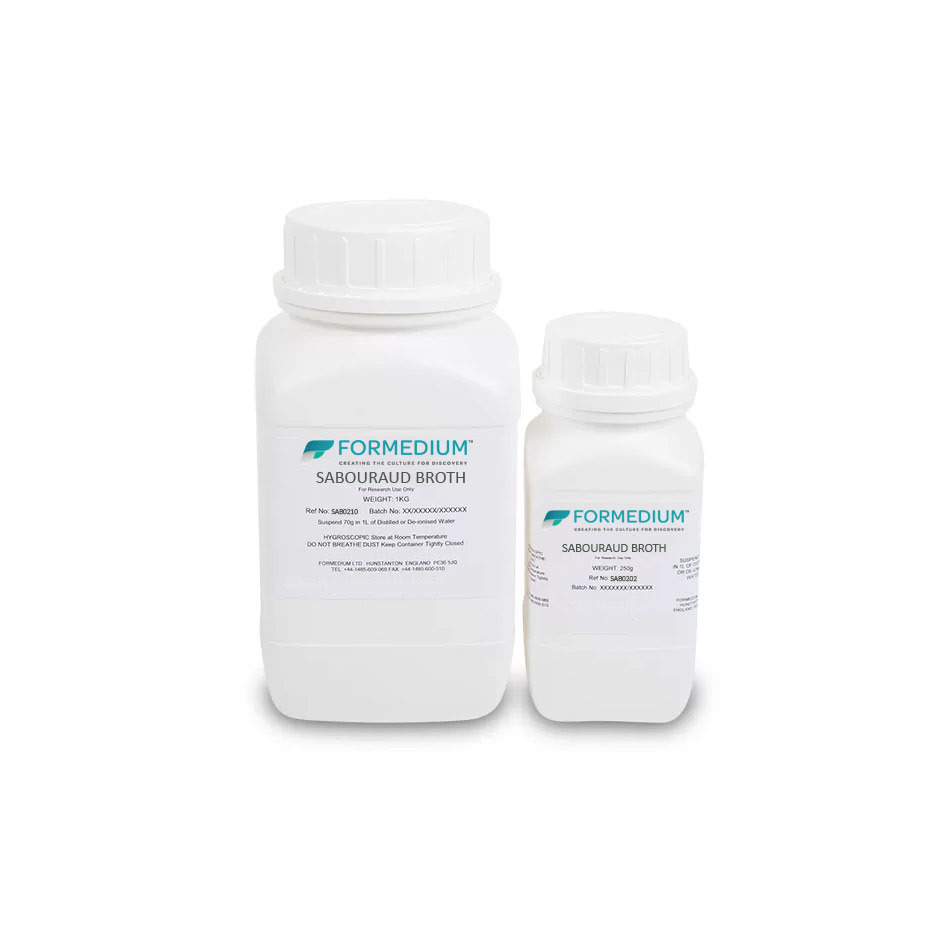
| SKU | Size | Price | |
|---|---|---|---|
| SAB0202 | 250g | $24.53 | |
| SAB0205 | 500g | $42.91 | |
| SAB0210 | 1kg | $73.56 |
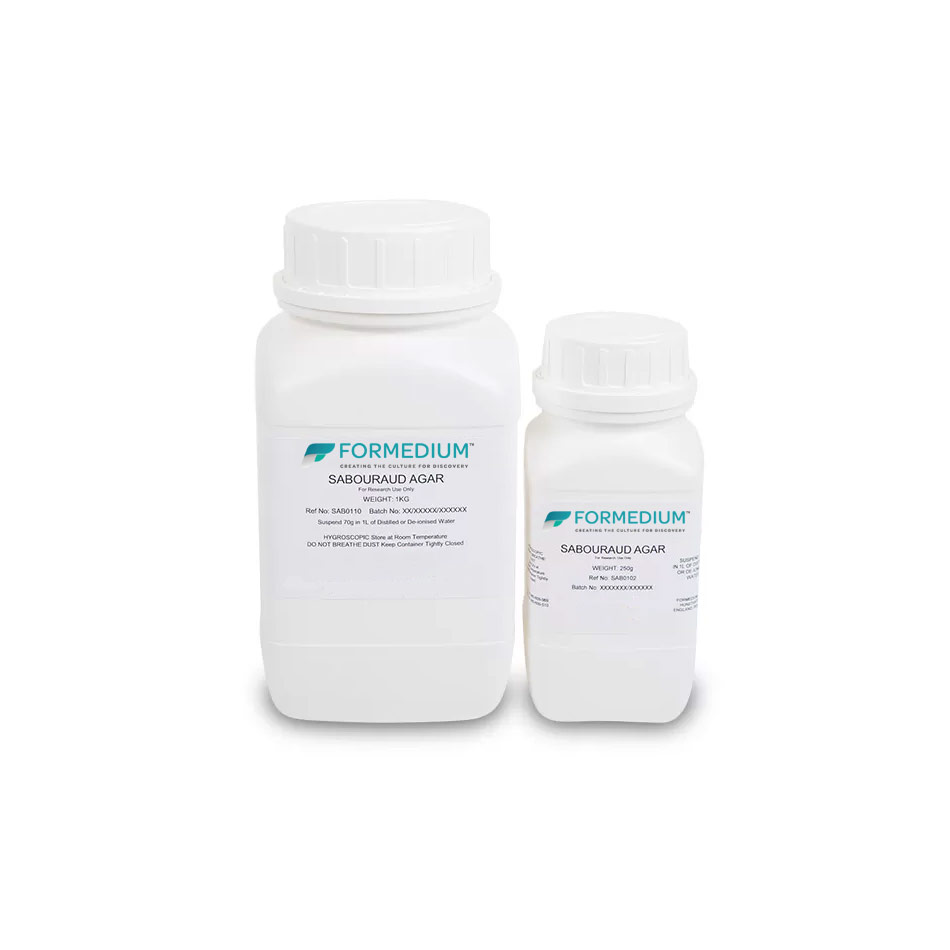
| SKU | Size | Price | |
|---|---|---|---|
| SAB0102 | 250g | $27.19 | |
| SAB0105 | 500g | $45.88 | |
| SAB0110 | 1kg | $80.27 |

| SKU | Size | Price | |
|---|---|---|---|
| SDA0250 | 250g | $27.72 | |
| SDA0500 | 500g | $51.48 | |
| SDA1000 | 1kg | $95.04 |

| SKU | Size | Price | |
|---|---|---|---|
| LBO0201 | 250g | $37.98 | |
| LBO0202 | 1000g | $147.11 | |
| LBO0203 | 6 x 1kg | $811.64 |

| SKU | Size | Price | |
|---|---|---|---|
| LBL0101 | 250g | $35.80 | |
| LBL0102 | 1000g | $94.33 | |
| LBL0103 | 6 x 1kg | $519.87 |
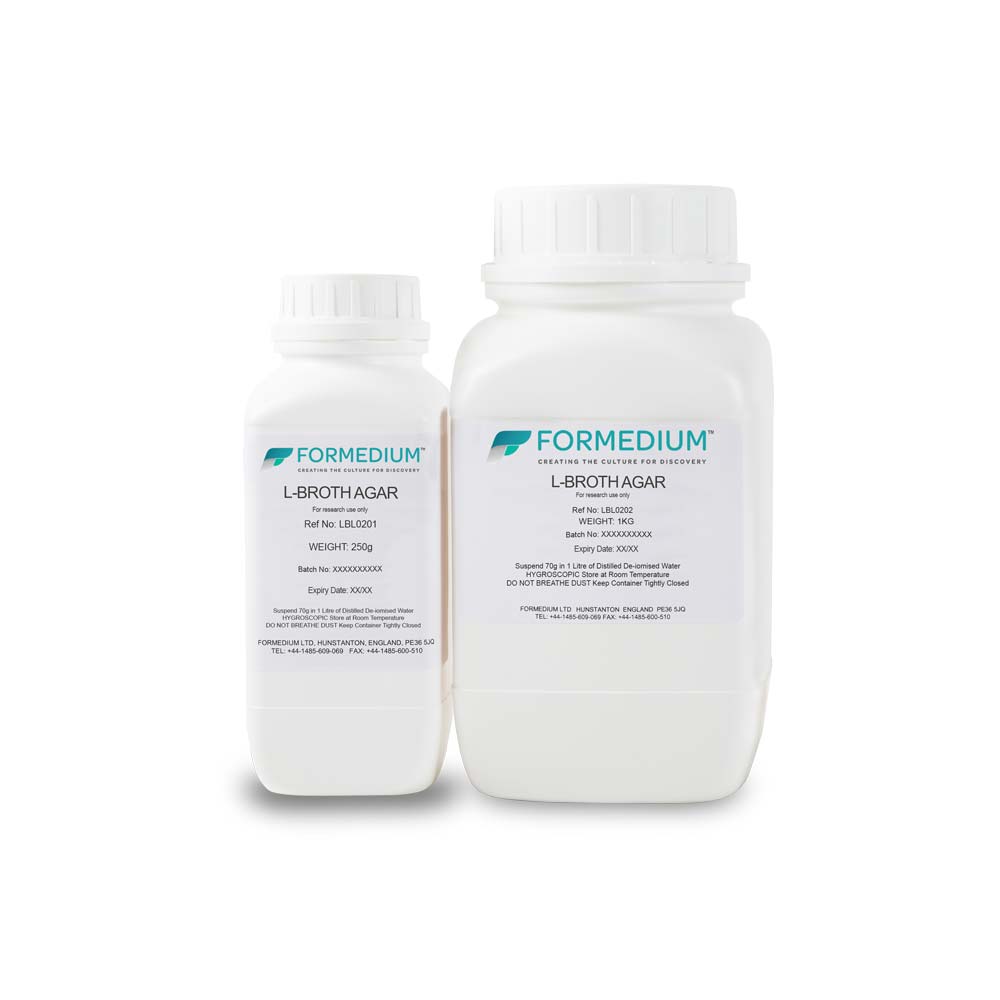
| SKU | Size | Price | |
|---|---|---|---|
| LBL0201 | 250g | $37.98 | |
| LBL0202 | 1000g | $147.95 | |
| LBL0203 | 6 x 1kg | $811.64 |
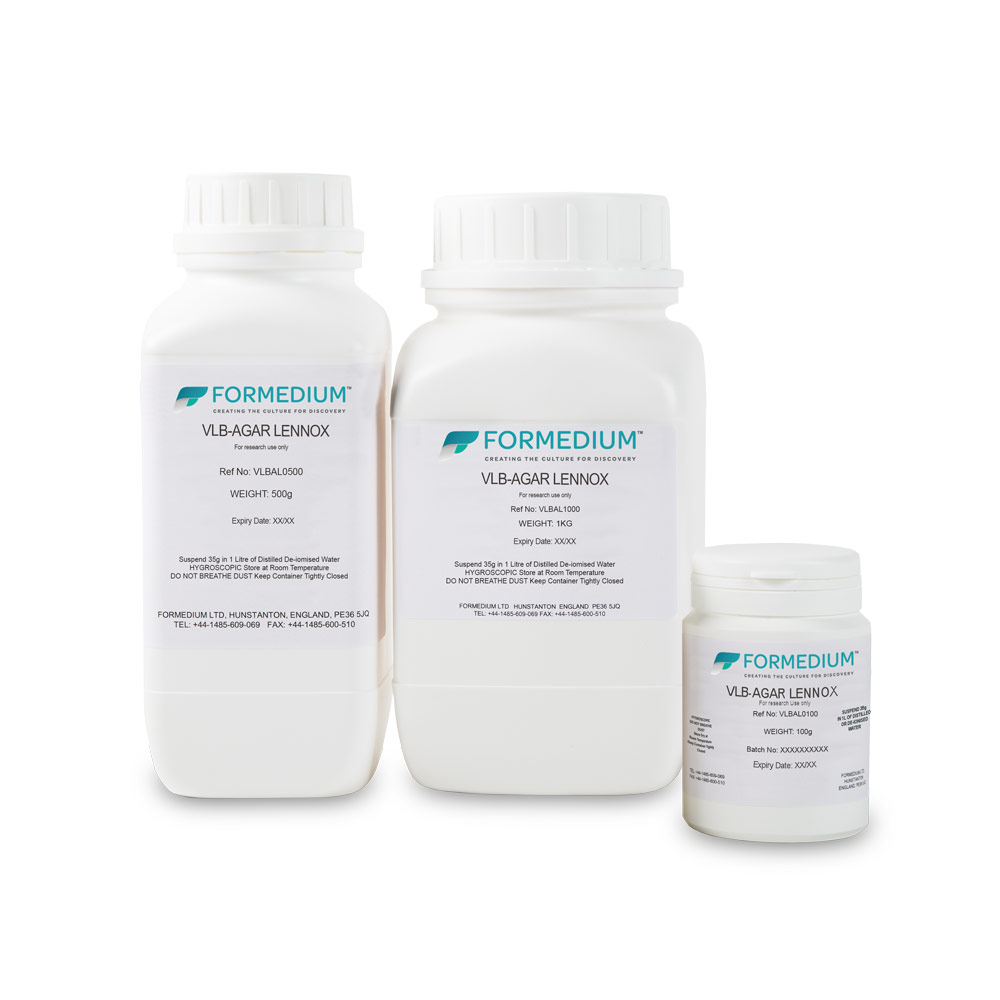
| SKU | Size | Price | |
|---|---|---|---|
| VLBAL1L | 1L Pack | $6.87 | |
| VLBAL2L | 2L Pack | $10.36 | |
| VLBAL5L | 5L Pack | $20.20 | |
| VLBAL10L | 10L Pack | $34.41 | |
| VLBAL20L | 20L Pack | $64.45 | |
| VLBAL0250 | 250g | $26.77 | |
| VLBAL0500 | 500g | $52.98 | |
| VLBAL1000 | 1000g | $91.18 | |
| VLBAL6000 | 6 x 1kg | $490.70 |

| SKU | Size | Price | |
|---|---|---|---|
| VLBBL1L | 1L Pack | $6.32 | |
| VLBBL2L | 2L Pack | $10.14 | |
| VLBBL5L | 5L Pack | $14.47 | |
| VLBBL10L | 10L Pack | $25.13 | |
| VLBBL20L | 20L Pack | $40.17 | |
| VLBBL0250 | 250g | $26.51 | |
| VLBBL0500 | 500g | $48.05 | |
| VLBBL1000 | 1kg | $87.62 | |
| VLBBL6000 | 6 x 1kg | $410.47 |
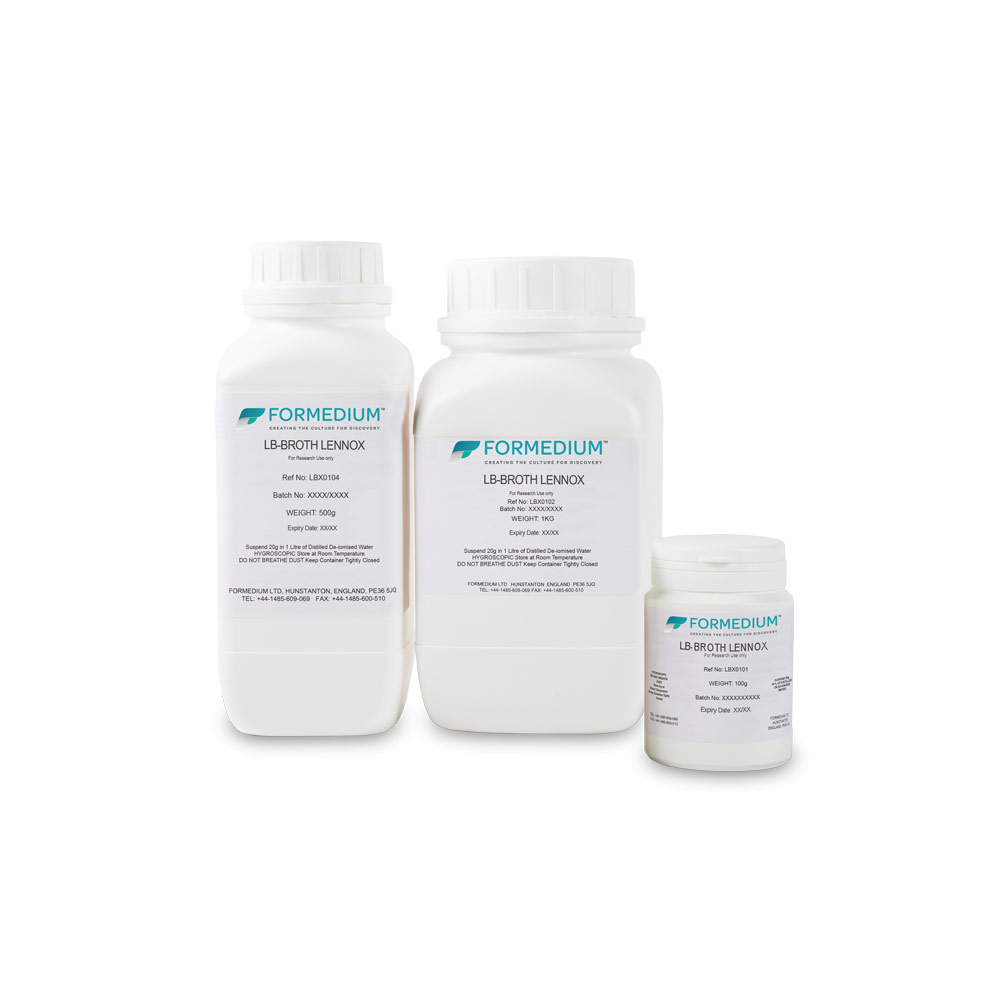
| SKU | Size | Price | |
|---|---|---|---|
| LBX1L | 1L Pack | $6.34 | |
| LBX2L | 2L Pack | $10.16 | |
| LBX5L | 5L Pack | $14.37 | |
| LBX10L | 10L Pack | $25.13 | |
| LBX20L | 20L Pack | $40.17 | |
| LBX0101 | 250g | $27.30 | |
| LBX0104 | 500g | $49.42 | |
| LBX0102 | 1kg | $90.96 | |
| LBX0103 | 6 x 1kg | $426.10 |
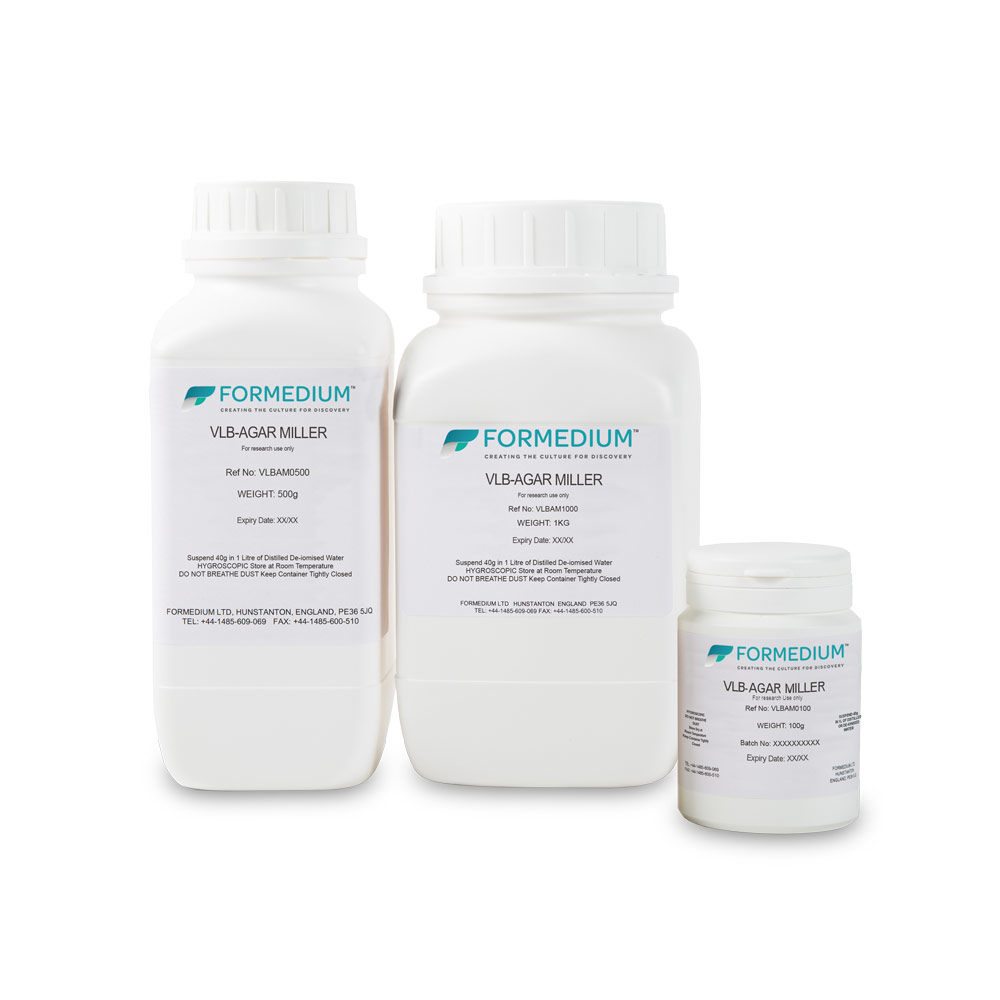
| SKU | Size | Price | |
|---|---|---|---|
| VLBAM1L | 1L Pack | $7.94 | |
| VLBAM2L | 2L Pack | $12.02 | |
| VLBAM5L | 5L Pack | $28.14 | |
| VLBAM10L | 10L Pack | $51.62 | |
| VLBAM20L | 20L Pack | $97.46 | |
| VLBAM0250 | 250g | $37.98 | |
| VLBAM0500 | 500g | $69.38 | |
| VLBAM1000 | 1000g | $120.38 | |
| VLBAM6000 | 6 x 1kg | $651.18 |
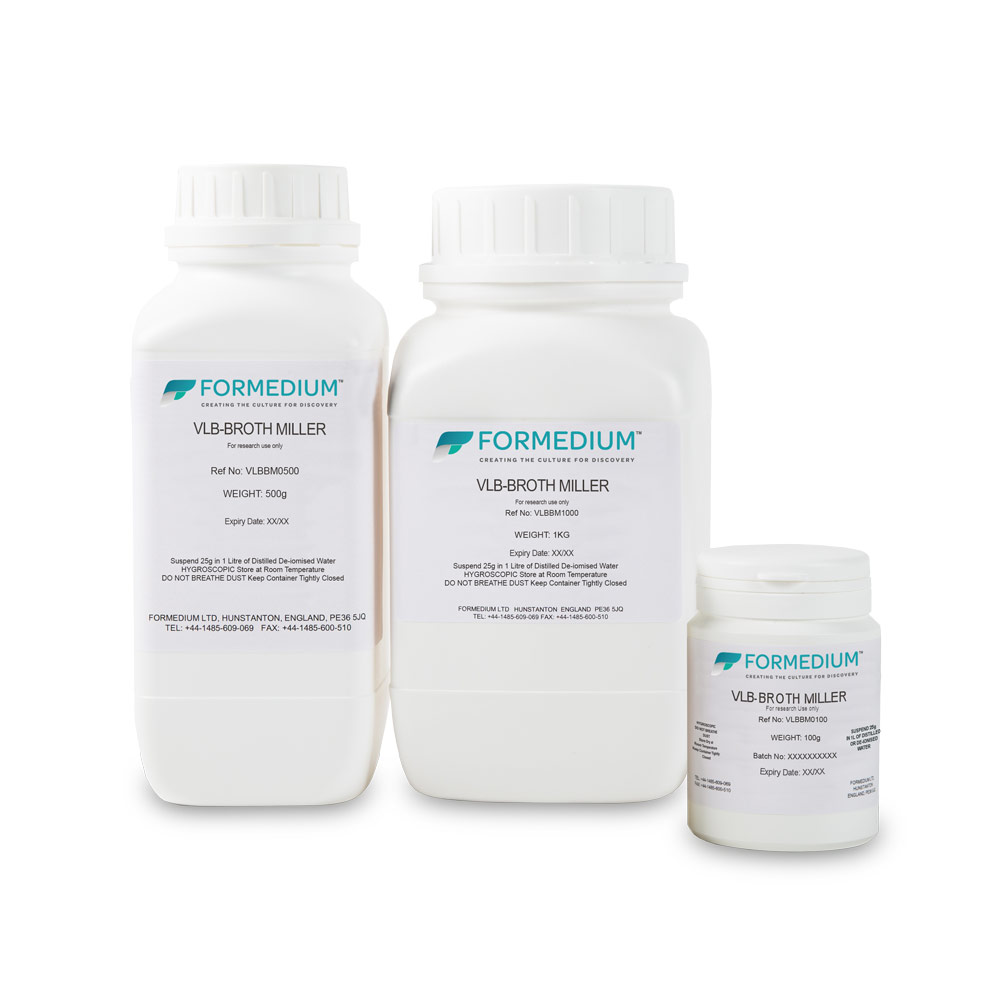
| SKU | Size | Price | |
|---|---|---|---|
| VLBBM1L | 1L Pack - 25g | $6.32 | |
| VLBBM2L | 2L Pack - 50g | $8.79 | |
| VLBBM5L | 5L Pack - 125g | $17.25 | |
| VLBBM10L | 10L Pack - 250g | $29.22 | |
| VLBBM20L | 20L Pack - 500g | $54.61 | |
| VLBBM0250 | 250g | $29.22 | |
| VLBBM0500 | 500g | $54.61 | |
| VLBBM1000 | 1000g | $90.64 | |
| VLBBM1500 | 1500g | $129.10 | |
| VLBBM6000 | 6 x 1kg | $455.78 |
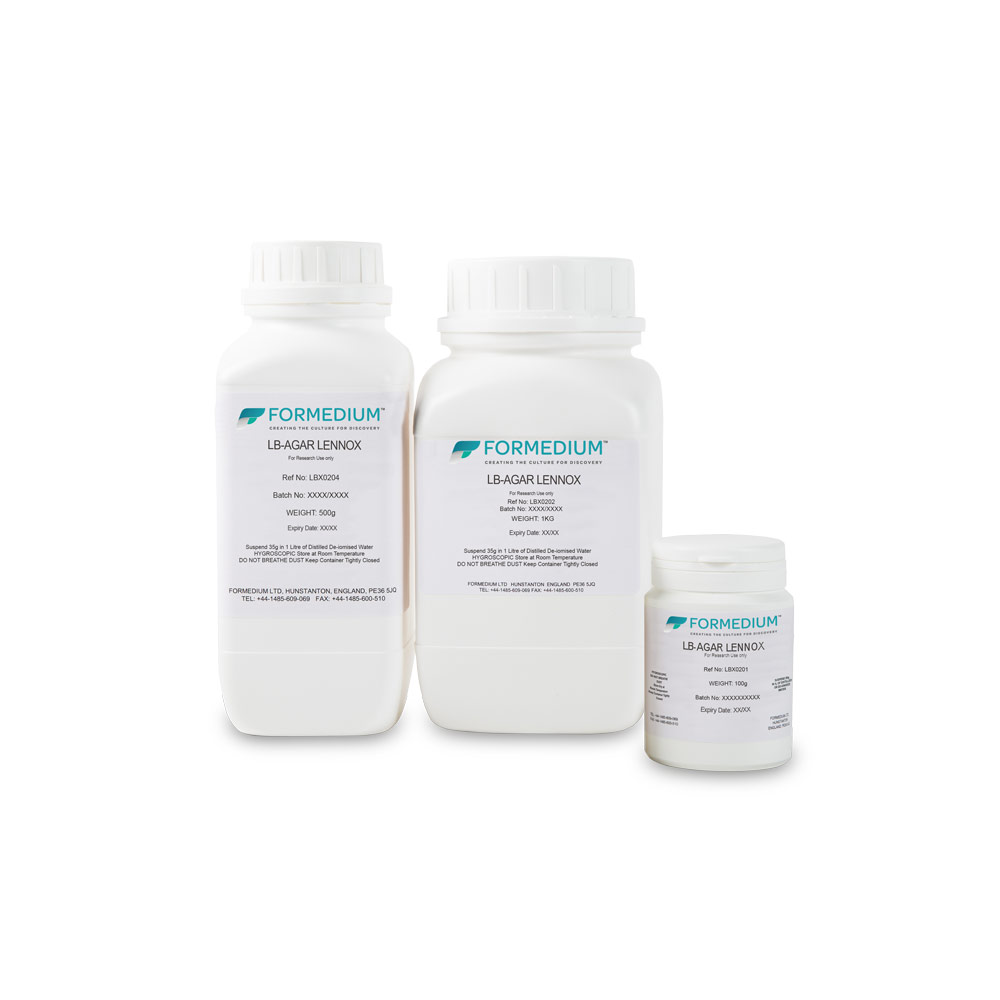
| SKU | Size | Price | |
|---|---|---|---|
| LBXA1L | 1L Pack | $6.87 | |
| LBXA2L | 2L Pack | $10.36 | |
| LBXA5L | 5L Pack | $20.20 | |
| LBXA10L | 10L Pack | $34.41 | |
| LBXA20L | 20L Pack | $65.02 | |
| LBX0201 | 250g | $27.54 | |
| LBX0204 | 500g | $52.53 | |
| LBX0202 | 1000g | $94.64 | |
| LBX0203 | 6 x 1kg | $509.37 |
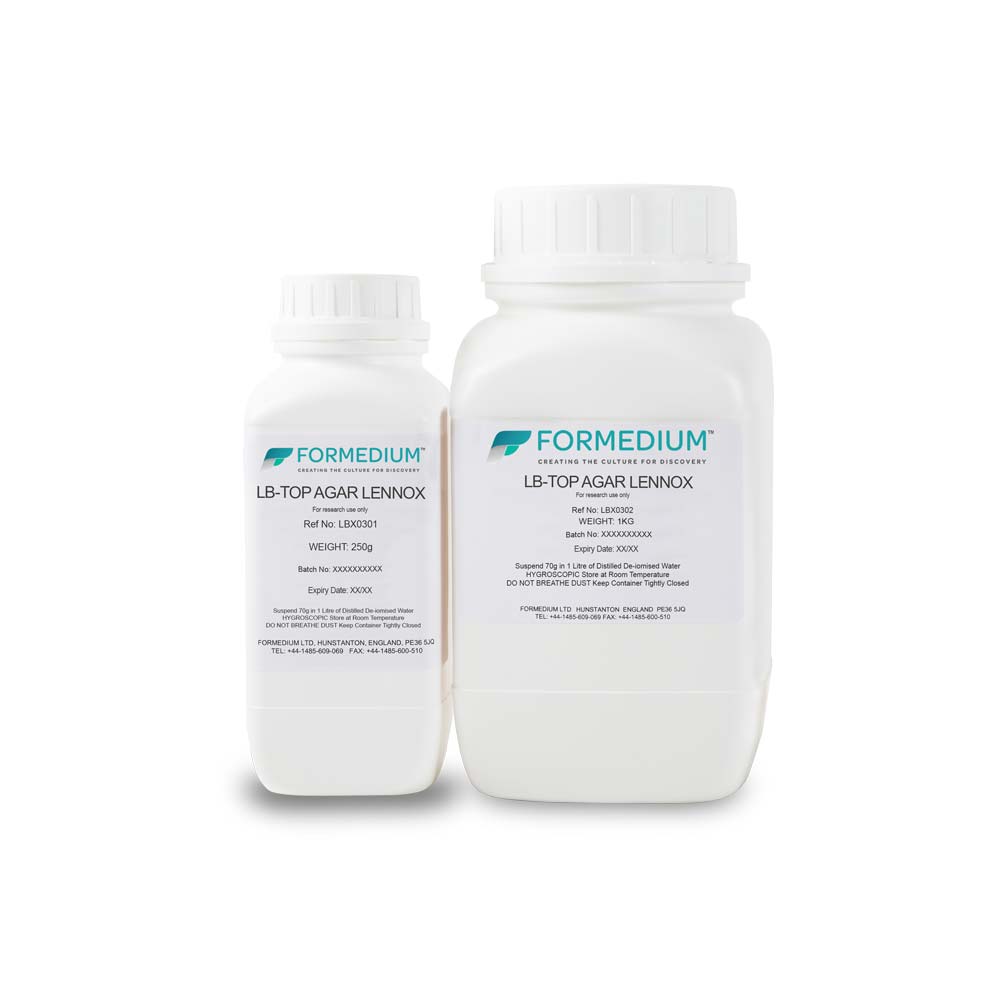
| SKU | Size | Price | |
|---|---|---|---|
| LBX0301 | 250g | $25.98 | |
| LBX0302 | 1000g | $88.19 | |
| LBX0303 | 6 x 1kg | $476.23 |
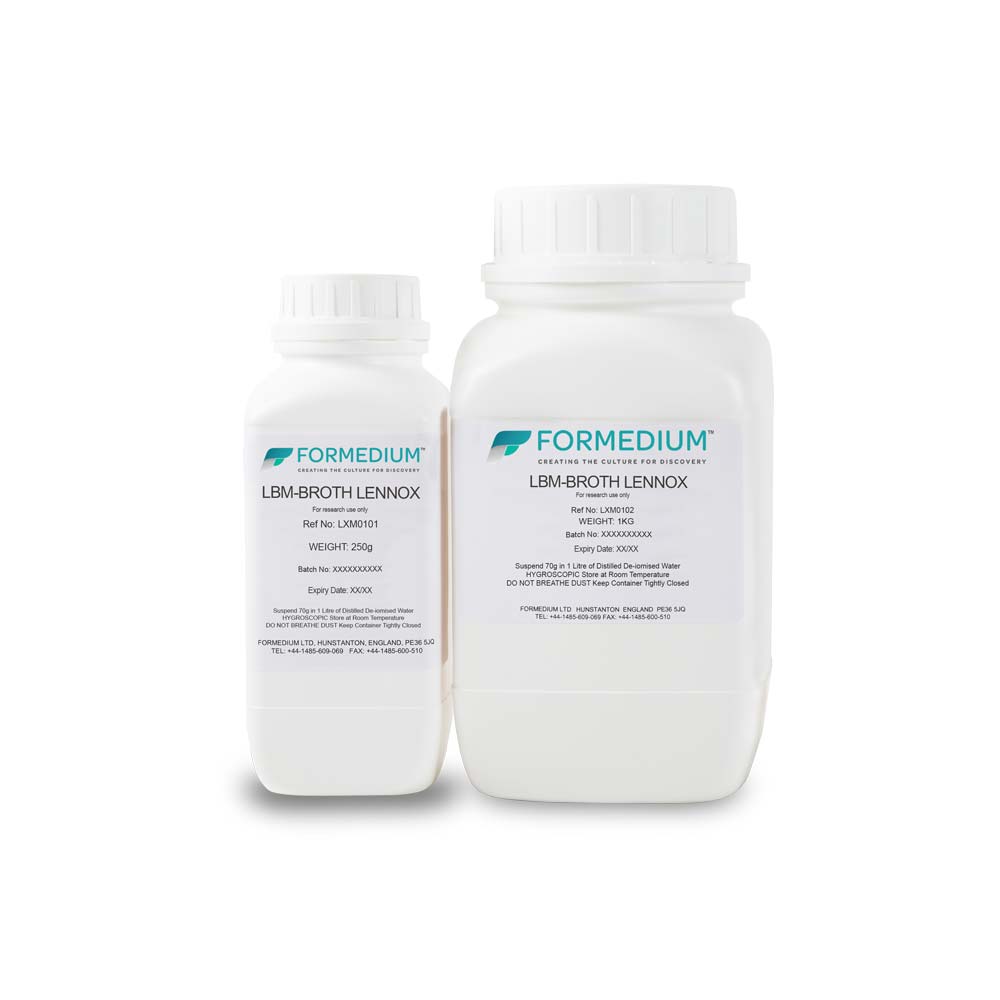
| SKU | Size | Price | |
|---|---|---|---|
| LXM0101 | 250g | $25.42 | |
| LXM0102 | 1000g | $85.16 | |
| LXM0103 | 6 x 1kg | $398.44 |
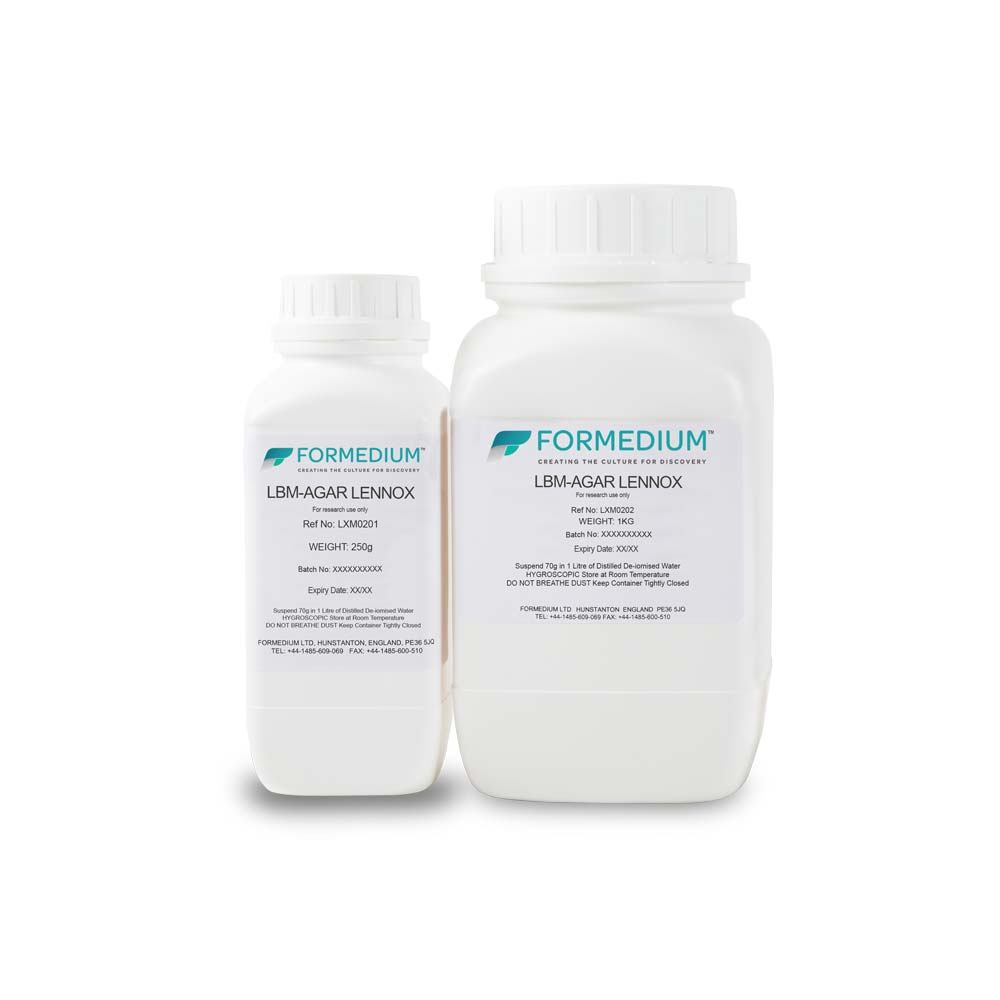
| SKU | Size | Price | |
|---|---|---|---|
| LXM0201 | 250g | $25.98 | |
| LXM0202 | 1000g | $88.19 | |
| LXM0203 | 6 x 1kg | $476.23 |
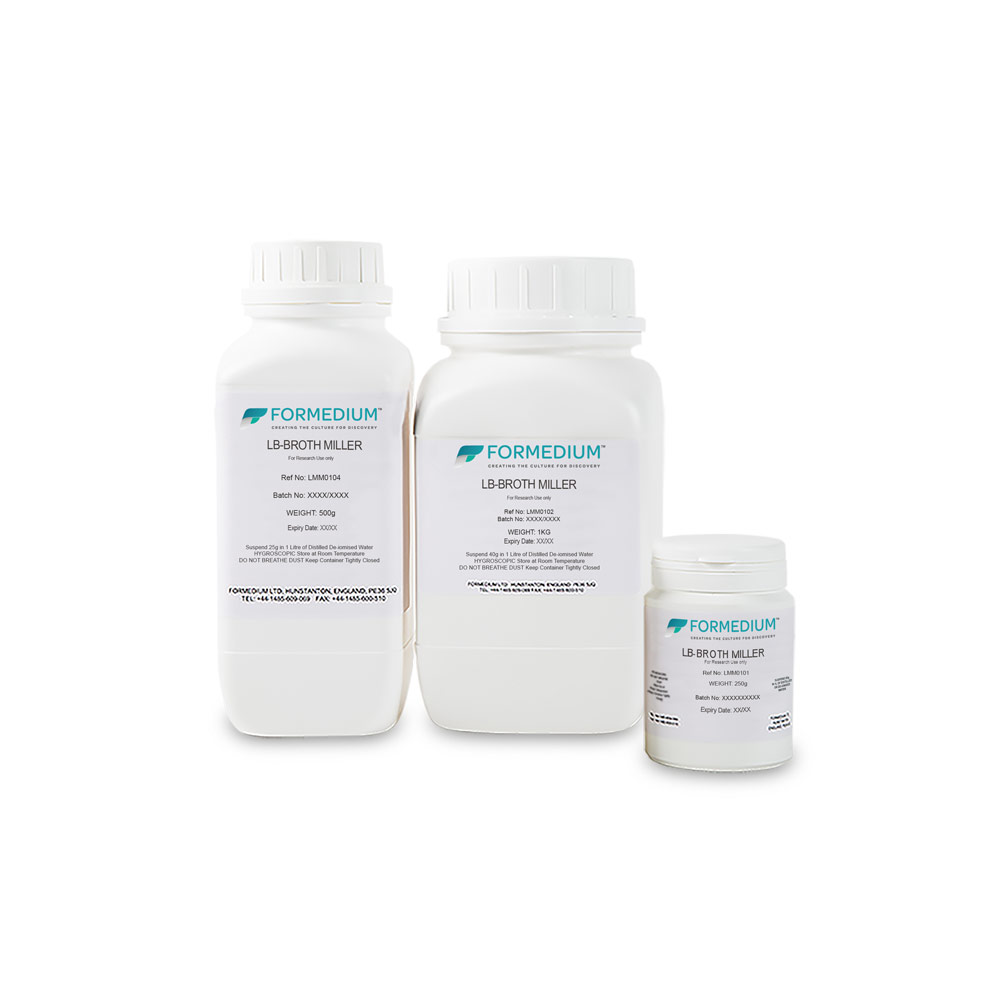
| SKU | Size | Price | |
|---|---|---|---|
| LMM1L | 1L Pack - 25g | $6.34 | |
| LMM2L | 2L Pack - 50g | $8.79 | |
| LMM5L | 5L Pack - 125g | $17.25 | |
| LMM10L | 10L Pack - 250g | $29.24 | |
| LMM20L | 20L Pack - 500g | $54.61 | |
| LMM0101 | 250g | $29.24 | |
| LMM0104 | 500g | $54.61 | |
| LMM0102 | 1000g | $93.56 | |
| LMM0105 | 1500g | $135.97 | |
| LMM0103 | 6 x 1kg | $517.67 | |
| LMM0125 | 12.5kg | $993.19 |

| SKU | Size | Price | |
|---|---|---|---|
| LMM02-1L | 1L Pack | $7.96 | |
| LMM02-2L | 2L Pack | $12.02 | |
| LMM02-5L | 5L Pack | $28.14 | |
| LMM02-10L | 10L Pack | $51.64 | |
| LMM02-20L | 20L Pack | $97.46 | |
| LMM0201 | 250g | $37.98 | |
| LMM0204 | 500g | $69.38 | |
| LMM0202 | 1000g | $120.38 | |
| LMM0203 | 6 x 1kg | $651.18 |
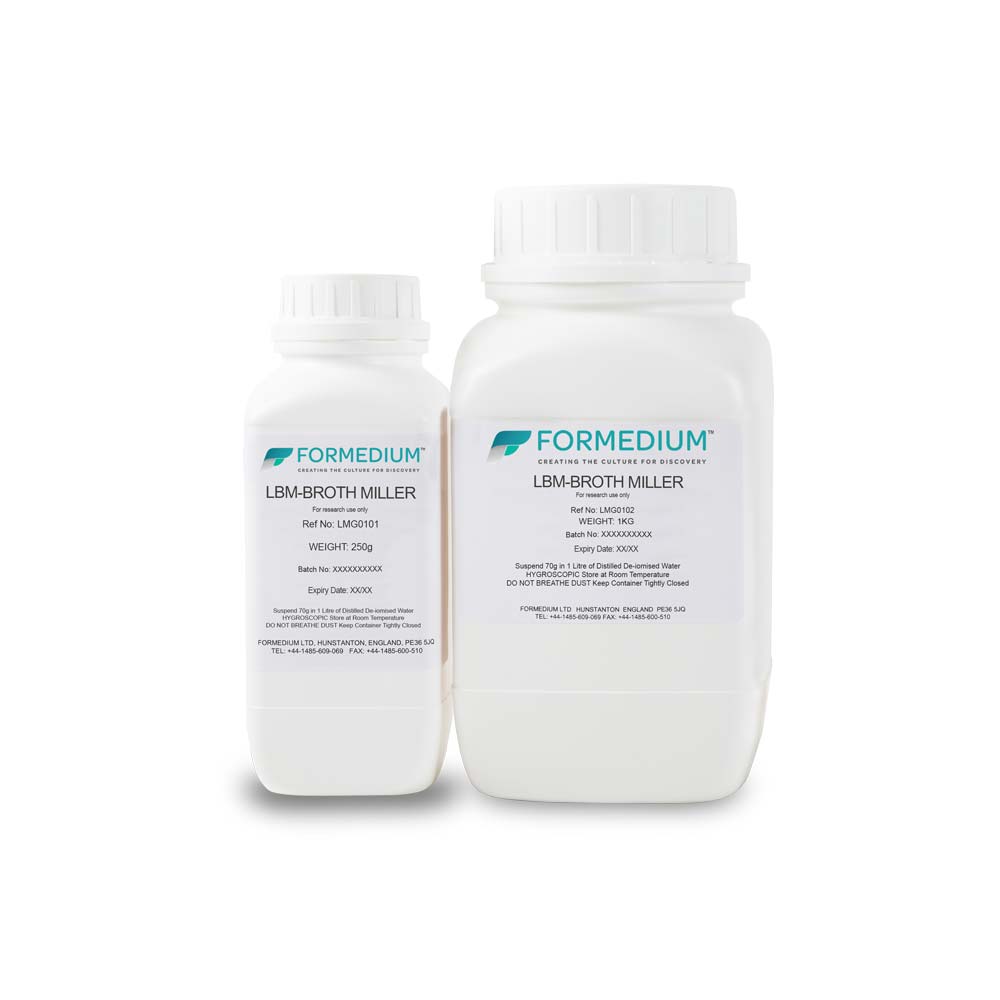
| SKU | Size | Price | |
|---|---|---|---|
| LMG0101 | 250g | $29.24 | |
| LMG0102 | 1000g | $90.90 | |
| LMG0103 | 6 x 1kg | $490.47 |

| SKU | Size | Price | |
|---|---|---|---|
| LMG0201 | 250g | $39.34 | |
| LMG0202 | 1000g | $126.42 | |
| LMG0203 | 6 x 1kg | $683.65 |

| SKU | Size | Price | |
|---|---|---|---|
| LBD0101 | 250g | $21.58 | |
| LBD0102 | 1000g | $83.28 | |
| LBD0103 | 6 x 1kg | $447.60 |

| SKU | Size | Price | |
|---|---|---|---|
| LBD0201 | 250g | $25.98 | |
| LBD0202 | 1000g | $98.84 | |
| LBD0203 | 6 x 1kg | $541.73 |
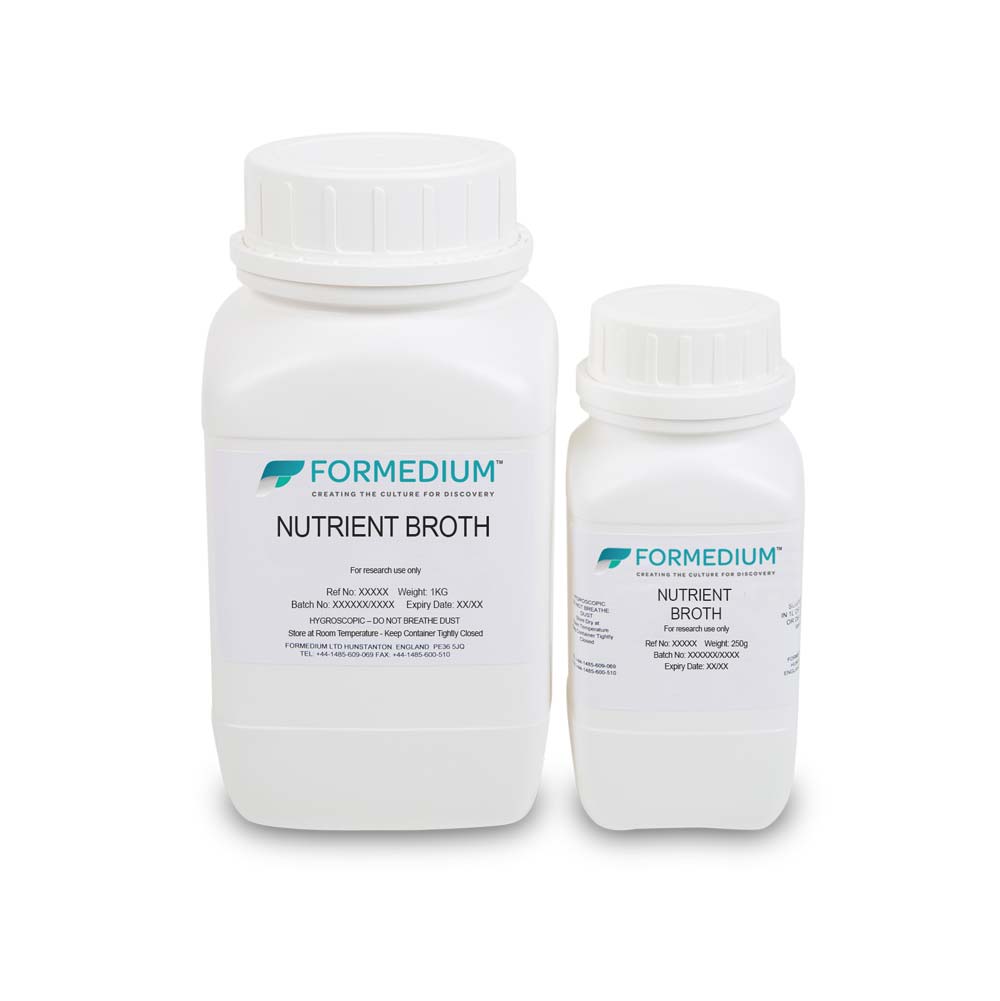
| SKU | Size | Price | |
|---|---|---|---|
| NBO01 | 500g | $71.81 | |
| NBO02 | 1000g | $131.87 | |
| NBO03 | 6 x 1kg | $711.75 |
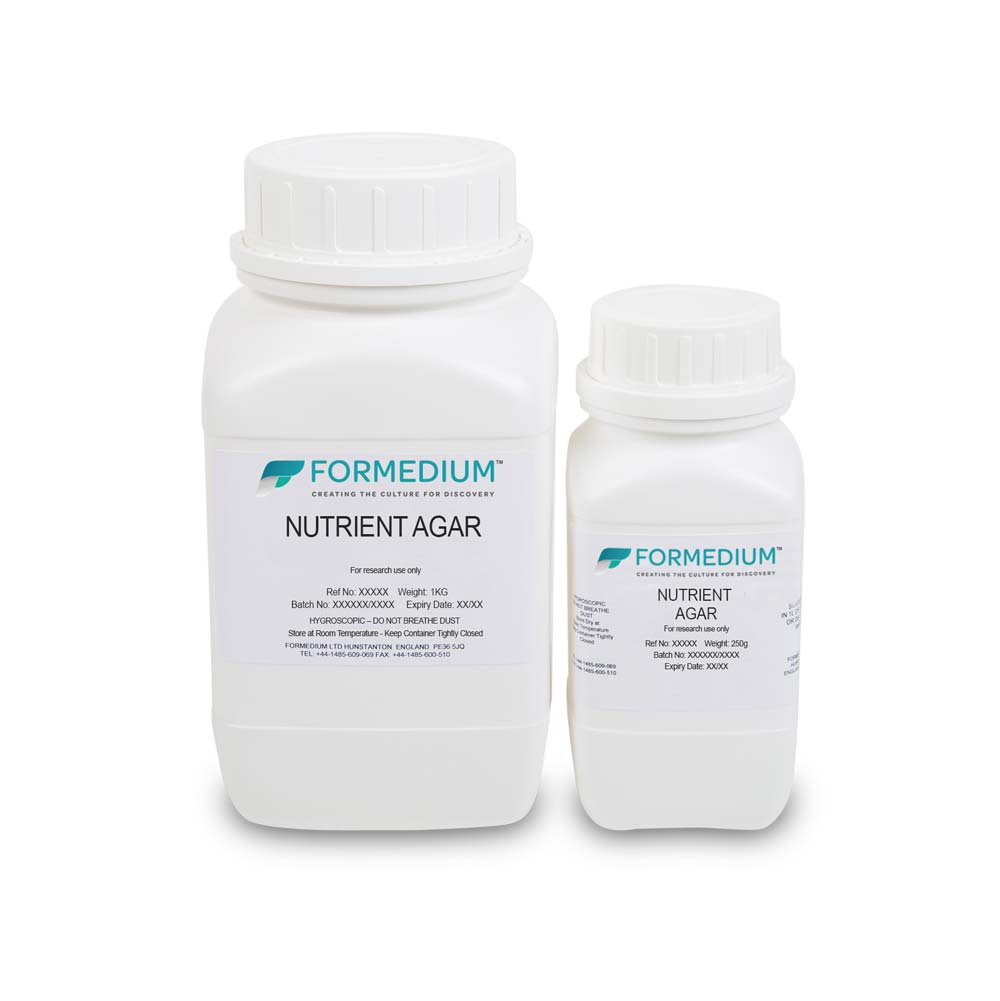
| SKU | Size | Price | |
|---|---|---|---|
| NAO01 | 500g | $77.54 | |
| NAO02 | 1000g | $146.30 | |
| NAO03 | 6 x 1kg | $789.23 |

| SKU | Size | Price | |
|---|---|---|---|
| TPB0101 | 250g | $29.54 | |
| TPB0102 | 1000g | $107.83 | |
| TPB0103 | 6 x 1kg | $575.82 |
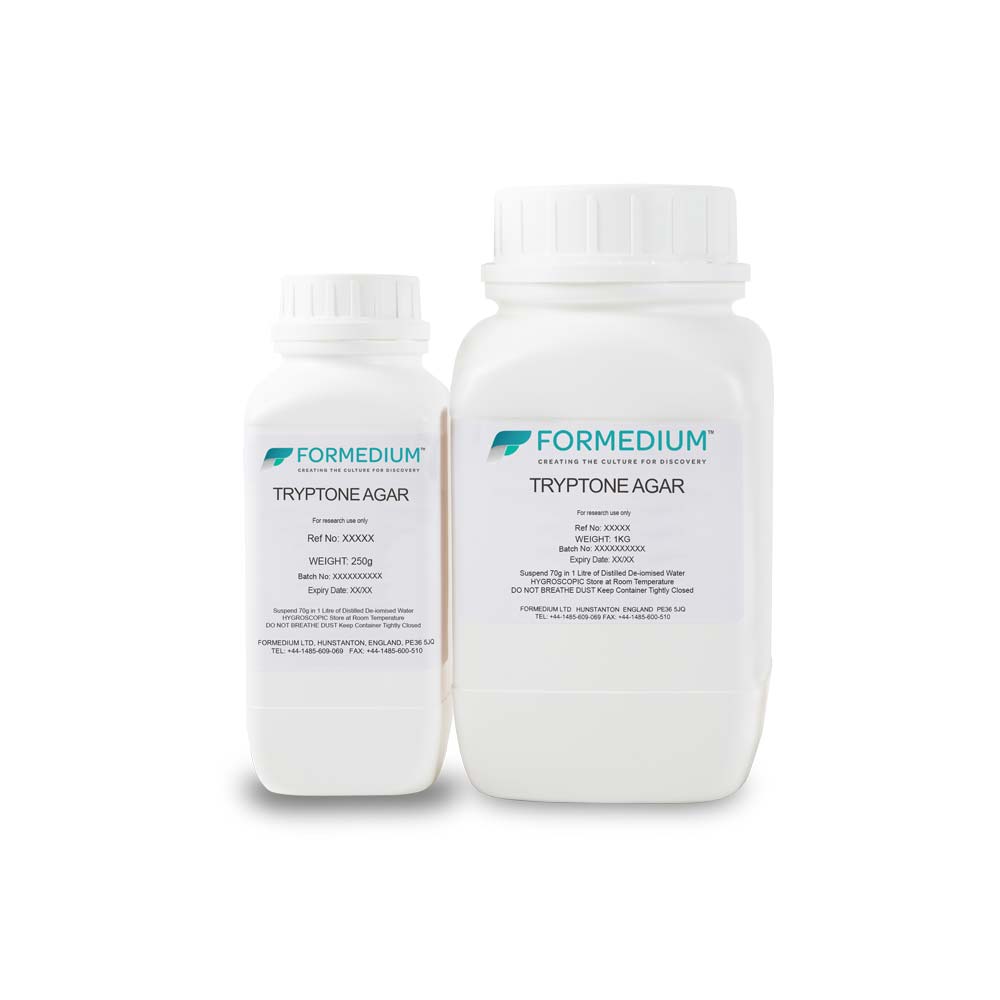
| SKU | Size | Price | |
|---|---|---|---|
| TPA0101 | 250g | $38.51 | |
| TPA0102 | 1000g | $141.67 | |
| TPA0103 | 6 x 1kg | $762.78 |
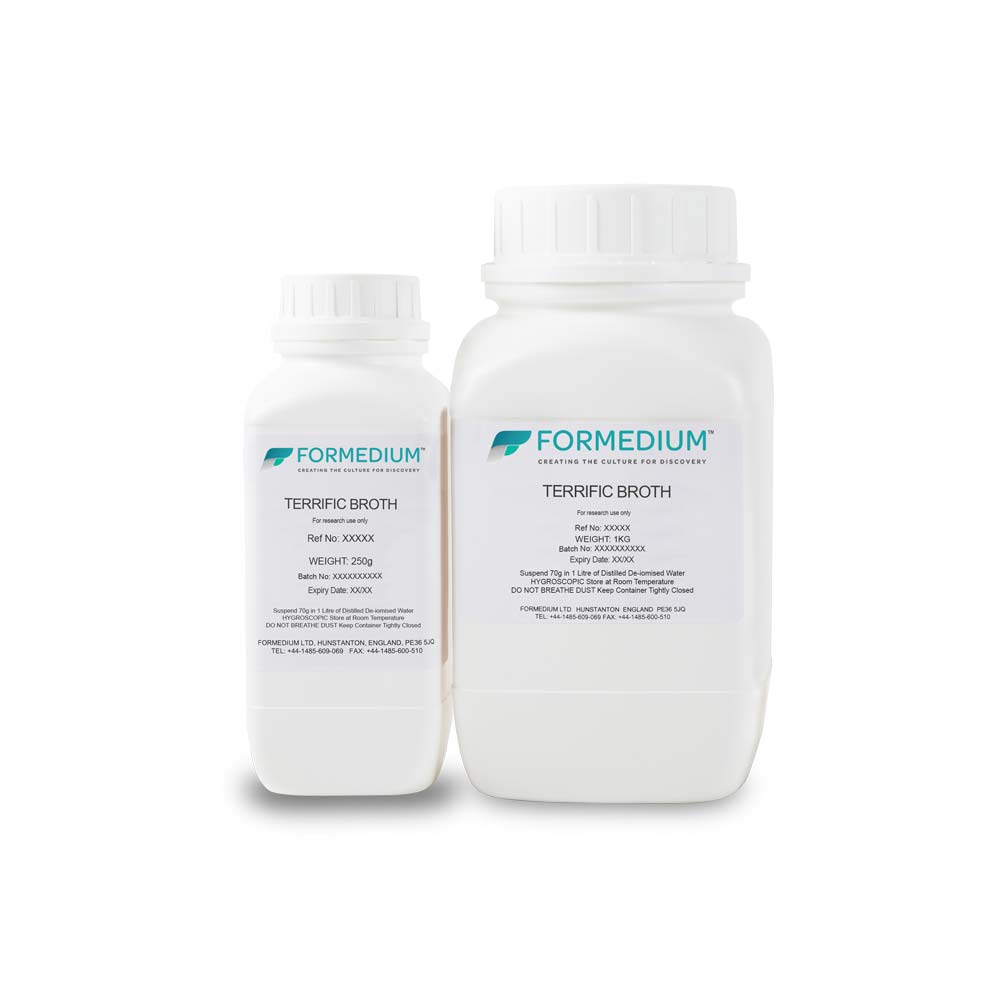
| SKU | Size | Price | |
|---|---|---|---|
| TRB0101 | 250g | $30.37 | |
| TRB0104 | 500g | $54.75 | |
| TRB0102 | 1000g | $110.90 | |
| TRB0103 | 6 x 1kg | $593.78 |

| SKU | Size | Price | |
|---|---|---|---|
| TRA0101 | 250g | $37.88 | |
| TRA0102 | 1000g | $128.68 | |
| TRA0103 | 6 x 1kg | $693.14 |
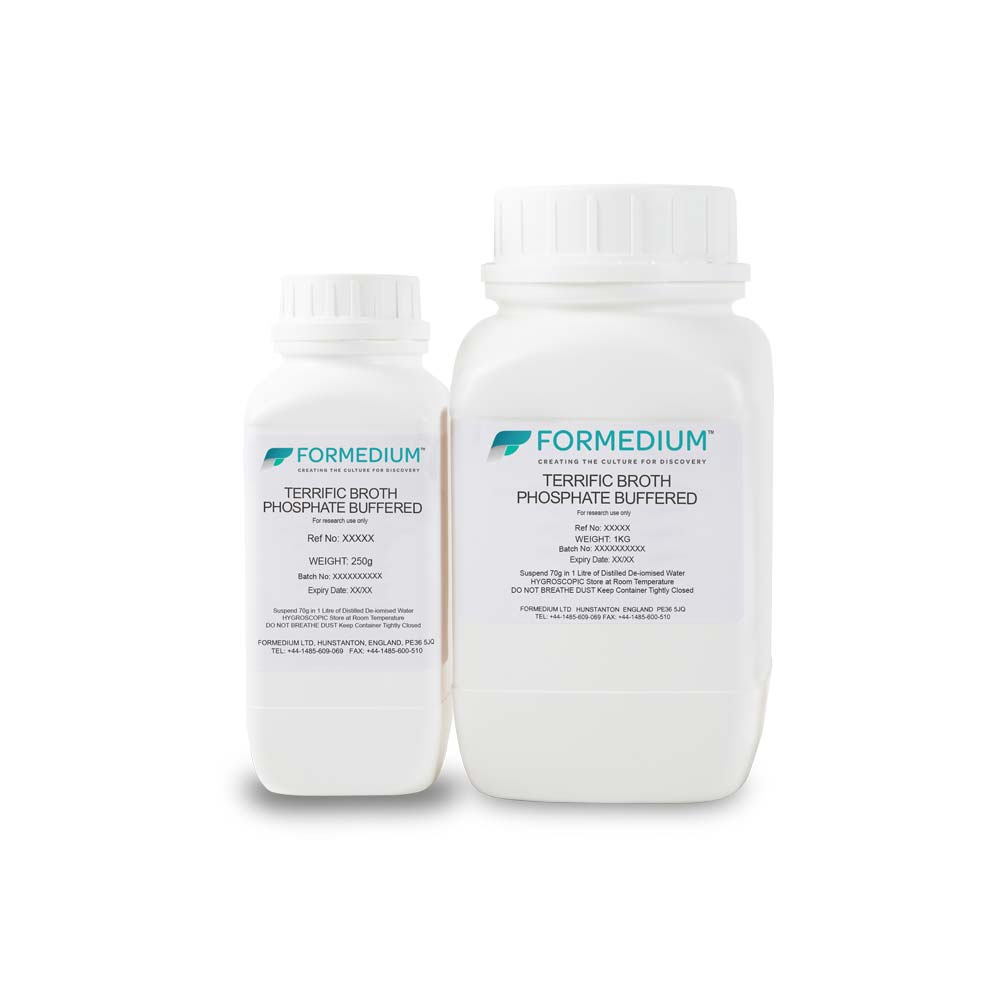
| SKU | Size | Price | |
|---|---|---|---|
| TBP0101 | 250g | $29.54 | |
| TBP0102 | 1kg | $107.83 | |
| TBP0103 | 6 x 1kg | $582.69 |

| SKU | Size | Price | |
|---|---|---|---|
| TAP0101 | 250g | $35.50 | |
| TAP0102 | 1000g | $129.65 | |
| TAP0103 | 6 x 1kg | $699.73 |
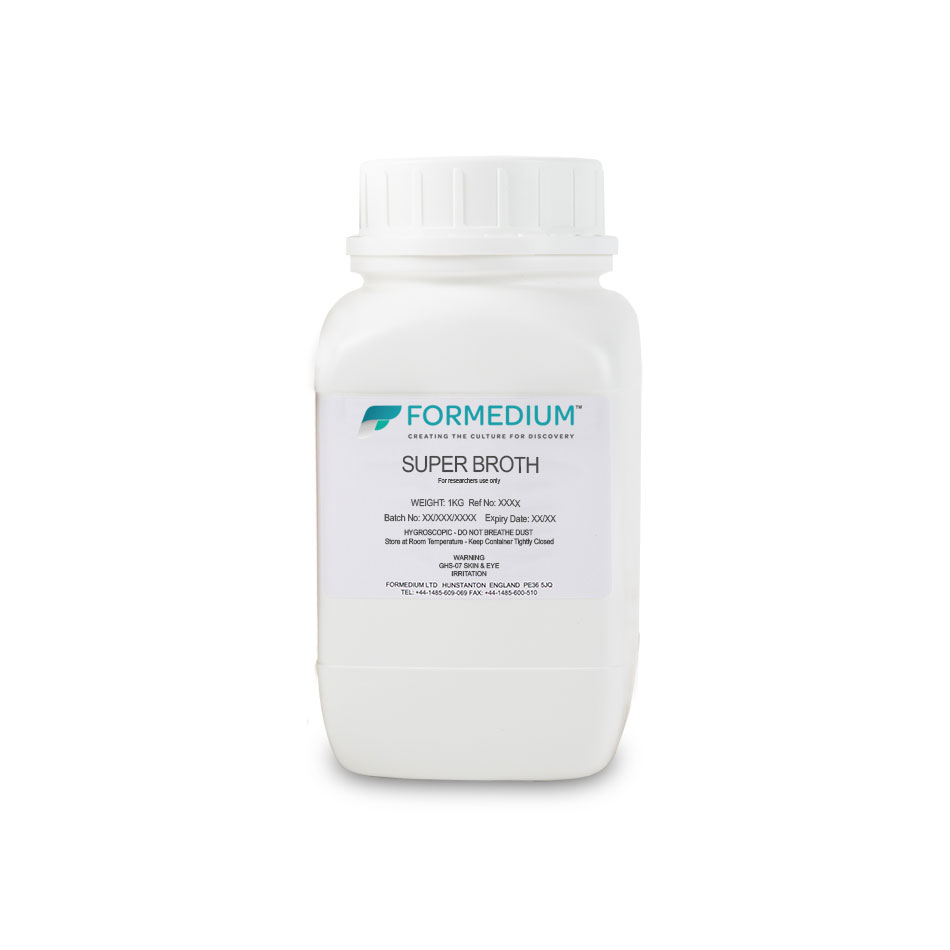
| SKU | Size | Price | |
|---|---|---|---|
| SPB0101 | 250g | $35.50 | |
| SPB0102 | 1000g | $129.91 | |
| SPB0103 | 6 x 1kg | $700.84 |
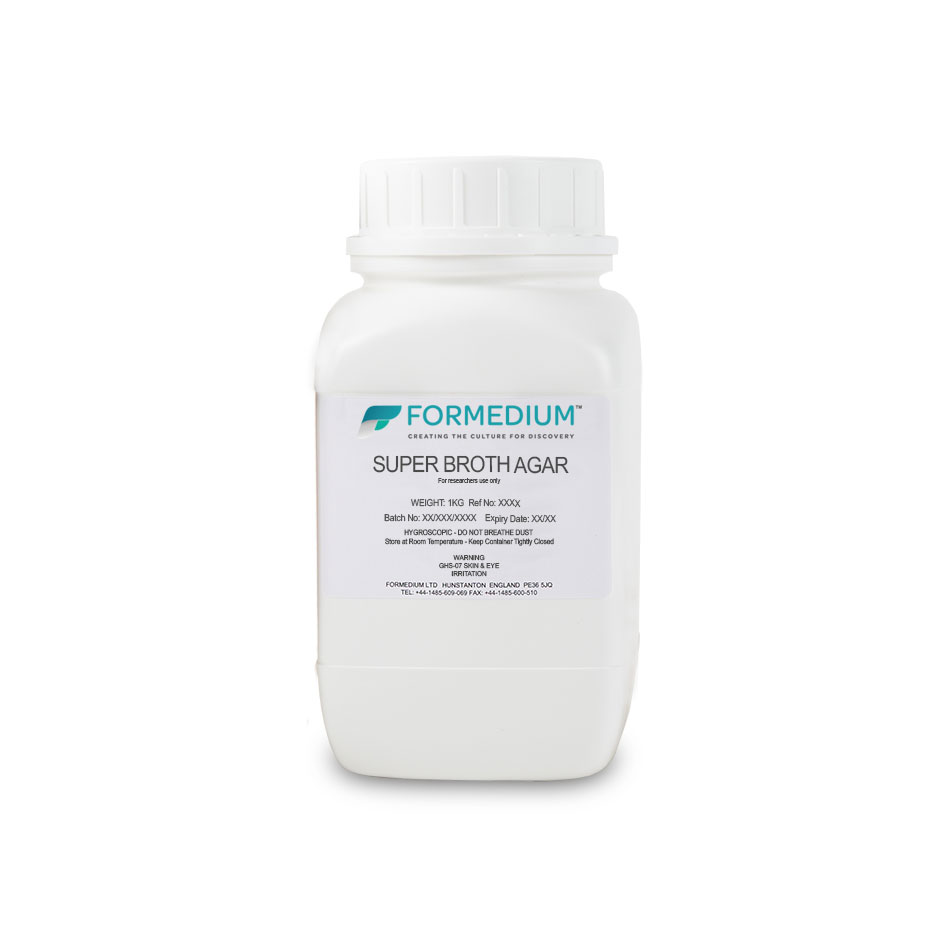
| SKU | Size | Price | |
|---|---|---|---|
| SPA0101 | 250g | $40.71 | |
| SPA0102 | 1000g | $149.31 | |
| SPA0103 | 6 x 1kg | $804.28 |
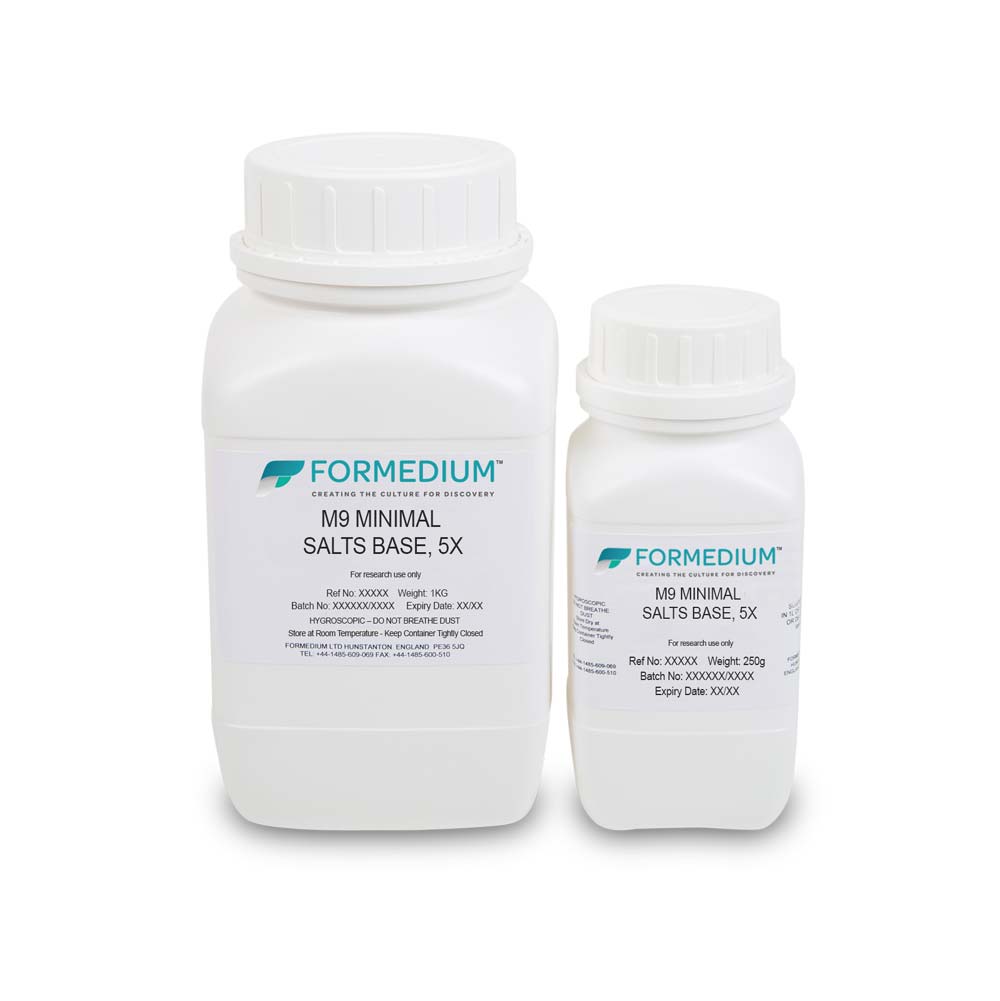
| SKU | Size | Price | |
|---|---|---|---|
| MMS0101 | 250g | $52.47 | |
| MMS0102 | 1000g | $169.01 | |
| MMS0103 | 6 x 1kg | $905.61 |

| SKU | Size | Price | |
|---|---|---|---|
| BAB0105 | 500g | $97.46 | |
| BAB0110 | 1000g | $171.94 | |
| BAB0160 | 6 x 1kg | $949.15 |
| Tel: | 00 44 (0) 1485 609069 |
| Fax: | 00 44 (0)1485 600510 |
| Email: | info@formedium.com sales@formedium.com |
| Emergency Tel: | 00 44 (0) 7734 919789 |